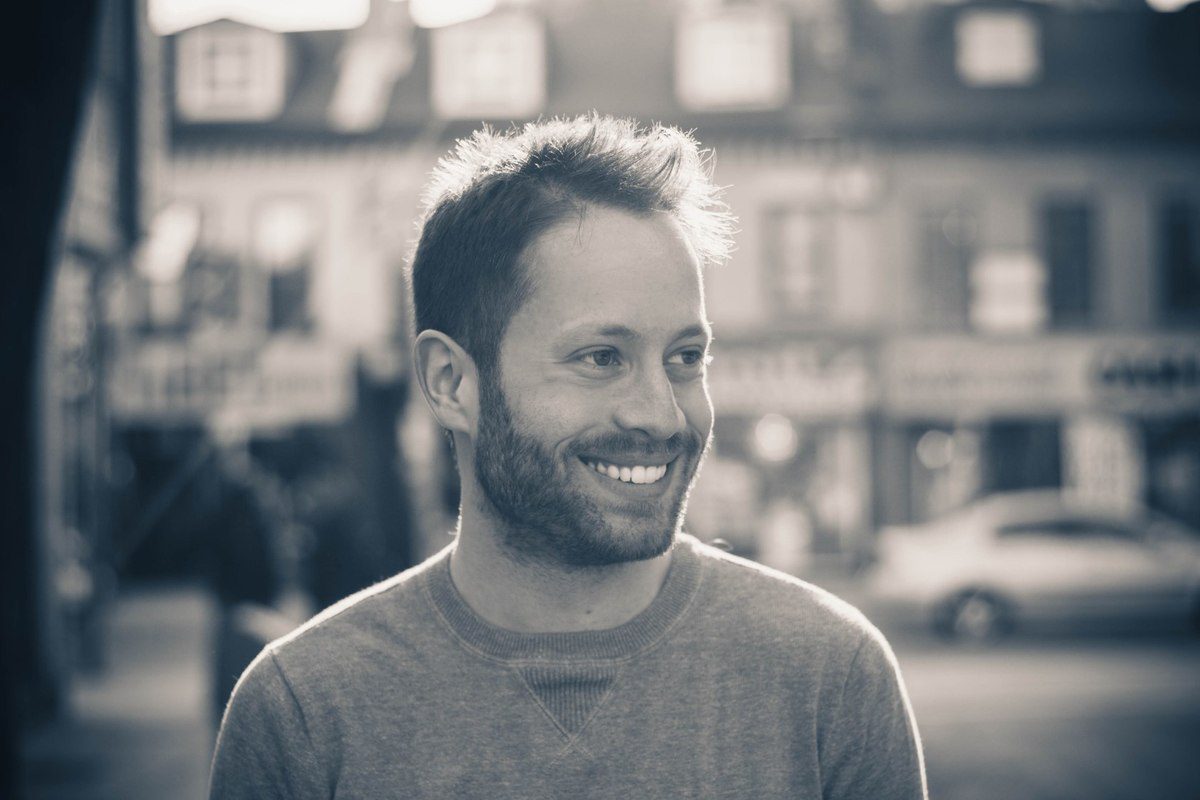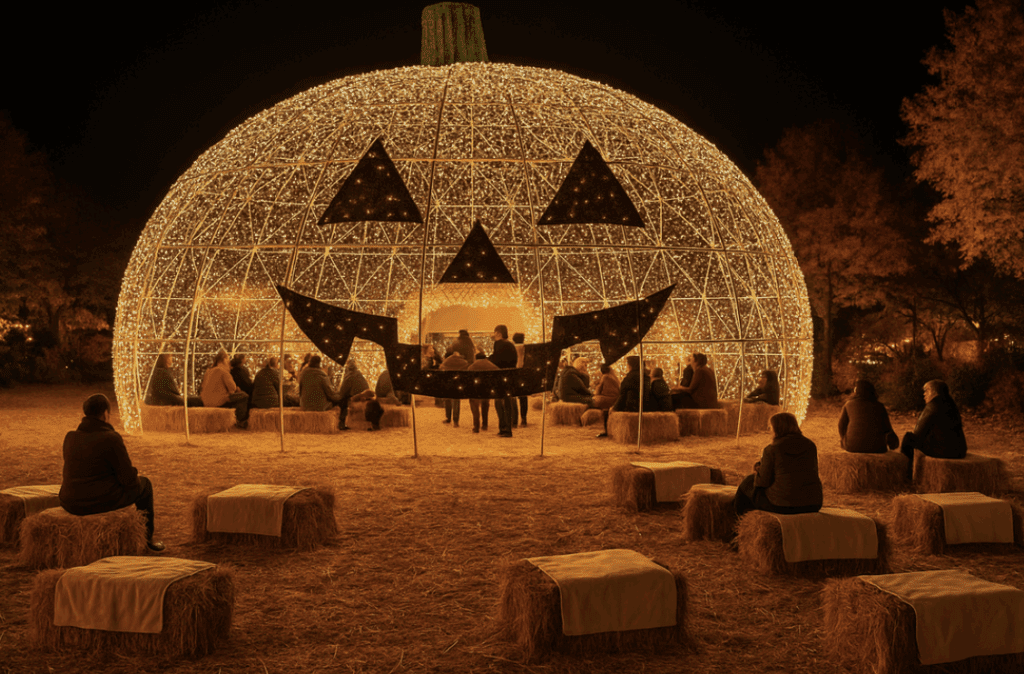I was looking at basically coming up with a way to integrate some ideas, kind of trying to capture people’s experiences and their emotional connection to the spaces that are important to them.
This was photographer Jeremy Korn’s explanation for his online project Hogtown Stories, a year-long series of pictorial profiles featuring Toronto residents. Started in the spring of 2015, and completed this July, Hogtown Stories comprises around fifty individual profiles –many of which were published by the Globe and Mail. Here are Korn’s answers to my questions about the story behind Hogtown Stories.
Why did you start Hogtown Stories?
My first subject was somebody that I went to high school with. She was a photographer and was giving me advice on how to be a photographer, so she said ‘Oh, you need to get a website’. So I actually started a website, and the website was originally not this concept; it was just sort of like a not-very-large portfolio of work. And I realized that I wanted a theme, and I wanted to do something – not just a website that was like a portfolio with a non-existent portfolio.
Why did you choose to call this project ‘Hogtown’ Stories?
I called it Hogtown stories because I like ‘hogtown’ nickname for Toronto – it reflects the history of the city more than the other nicknames. And hogtown stories felt like it had a good ring to it.
How did you find people to profile in the beginning?
Some of them were friends, some of them were just people I knew.. like Daniel Rotsztain [creator of the adult colouring book All The Libraries]. He was a great one because he had done a project that I am inspired by. And then, through that, I just kept asking people for their suggestions… I profiled Amy Rosen who did that Toronto Cooks book, like, three years ago. And she was really really nice, and the publisher she had for that book… I reached out to them, and they were really nice, and really generous with their time, and had all these ideas for what would make a good profile, and then they started recommending people, and I profiled a few.
Most people have many stories in their lives. How did you decide which story – or which approach to the story – to use?
First, I kind of knew what the story was, going into it. The more meaningful it was, and the more someone was excited about it, then the better the story. But when it came to the Globe, there was back-and-forth with an editor that I was working with, and so he wanted to approve it. So I would pitch it, and he would almost every time say yes.
While photographs play a big part of each profile, there is also a text story told by the subject. How did you put those together?
I got a lot of tape – a lot of recording, and then I condensed it into a story. I actually had everybody verbally consent to me changing around the specific wording into a story. So it wasn’t like a newspaper article, the way you would have quotes. It was, let’s say, almost fictional dialogue coming from a real story.
I was always looking for the human side of the story. And there were a lot of stories where there really was like, a strong, emotional, human connection, and a real, just, genuine story about a person’s struggles, and how they got through those struggles.
You took hundreds of photos for each profile, but only used a few. How did you decide which ones to include?
I would take the photos that had the most genuine expression, and also the ones that illustrated the location, and kind of put it together. I’d get ten to fifteen, or ten to twenty. Sometimes it was five, really, I didn’t always get good photos. It was just a matter of really engaging with people, and making sure that the photos I was choosing were those real, true moments that you capture. And then other photos that would capture something about the place.
Eventually, people were contacting you, asking you to profile them. Why do you think they wanted to participate?
I did get a strong sense that people were just genuinely interested in the project. They just wanted to be involved. There wasn’t an obvious benefit to anybody. There wasn’t, like, ‘Oh, I want exposure so I’m gonna [participate]’. They were just ‘Oh, I get to be creative and talk about, like, these things that are important tome.’ Everyone wants to talk about the things that they love.
Now that Hogtown Stories is over, are you doing anything else with photography?
Yes I am. I’m building right now a fashion-photography portfolio. I’m trying to get more into that. I’m spending a lot more time on each photo, so I’m doing a lot more planning, I’m involving make-up artists and stylists, and models, and trying to work with agencies, and build up a portfolio in that way.
Do you think Hogtown Stories was good practice for fashion work?
It was. It was a really important learning experience for photography, and I’d actually taken a course at Ryerson in photography while I was doing the project, so that was a really great way to apply what I was learning in the class, and that really was helpful.
Were there any particularly memorable interviews or photo-shoots involved in Hogtown Stories?
There were some really cool ones… one of the people I profiled was one of the new ballet dancers at the National Ballet, and they were so nice; they were generous and they let me see backstage and everything. That was really cool. And they were prepping for the Nutcracker, which was really cool. But they were all interesting.
There was another cool one that I met, another guy… He’s contacted me and he was like “Yeah, I work in the British government, whatever. I work at the consulate.’ And during the interview I was like ‘So what do you do there?’ and he’s like ‘I’m the Consul General of this region. I’m the British Consul General.’ He was so nice.
Another thing that was kind of funny was the artist, Hooley McLaughlin, that contacted me more recently; his thing was that he was an artist in this area around, like, Markham Street – Honest Ed’s. And at the very end of the interview I found out that he’s one of the vice-presidents of the Science Centre. I was like ‘Wow. That is a very different thing from what I was just interviewing you about.’ You kind of learn about people. People have different identities and different things that they do. I do too.
You were involved in one of the mayoral campaigns back in 2010. Have you always been connected to Toronto?
I did grow up in Toronto, and I lived in Montreal for four years, but I grew up in Toronto, and I went to Cedervale, and I went to Arlington, and I went to Vaughn Road, and I went to McGill. And then I came back here. Then I worked on a campaign, then I went to U of T for urban planning.
Why Urban Planning?
I think the best way to answer is: I was just really interested in what was going on in the city at that time -2009, 2010 – and I’d just returned from Montreal, and I had been reading about all of these amazing project that were going on [in Toronto]; you know, interesting waterfront development, and interesting things happening at the Centre for Addiction and Mental Health, which is what I ended up writing my thesis on. And I was like ‘Wow, there’s this whole field where people are able to shape the environments that people live in, and it has an impact’.
Title photo taken by Aly Bird and edited by Jeremy Korn.



